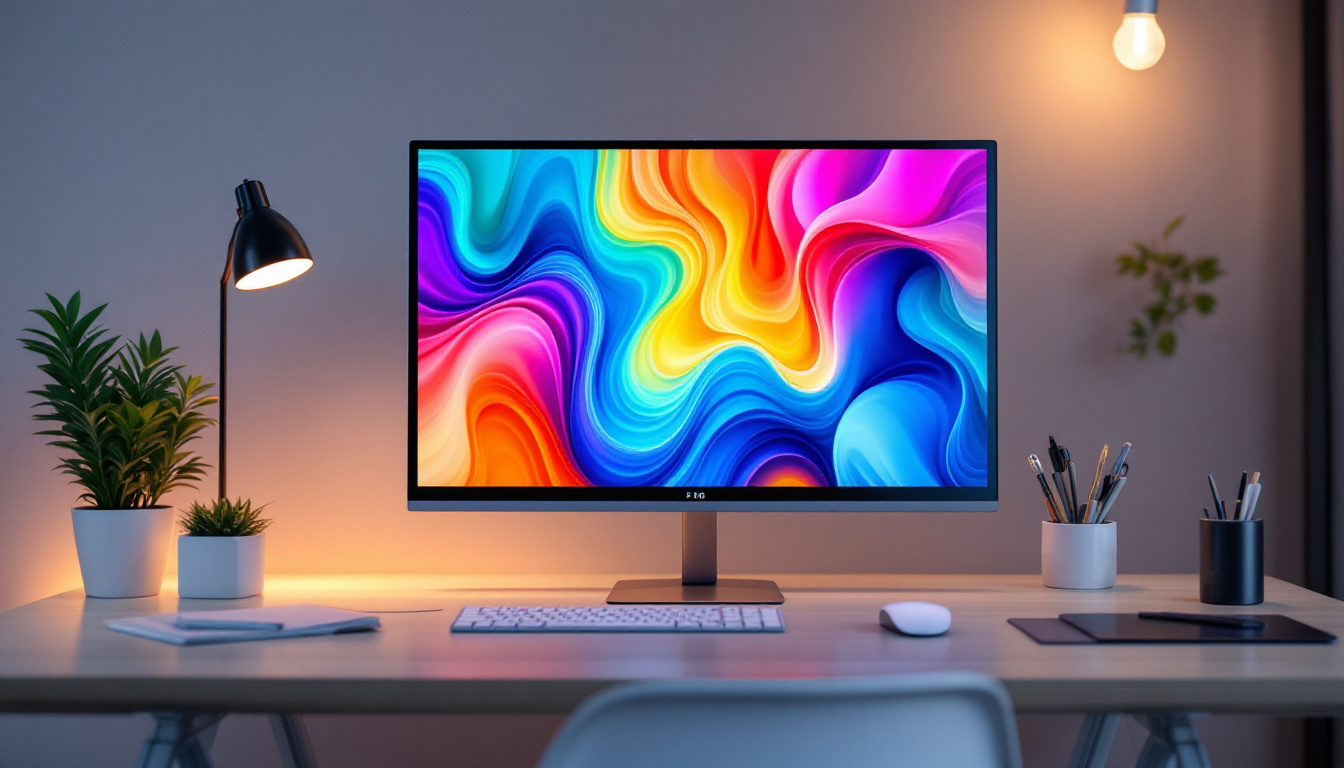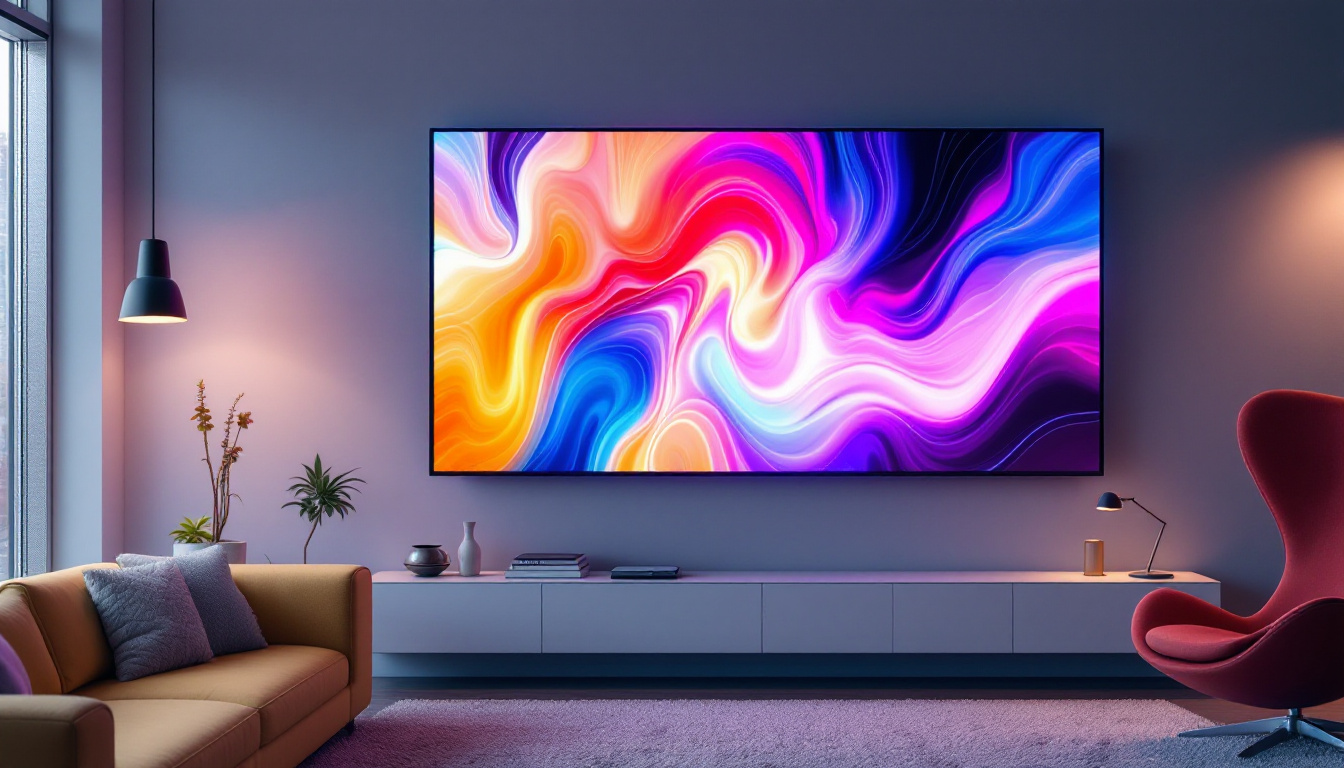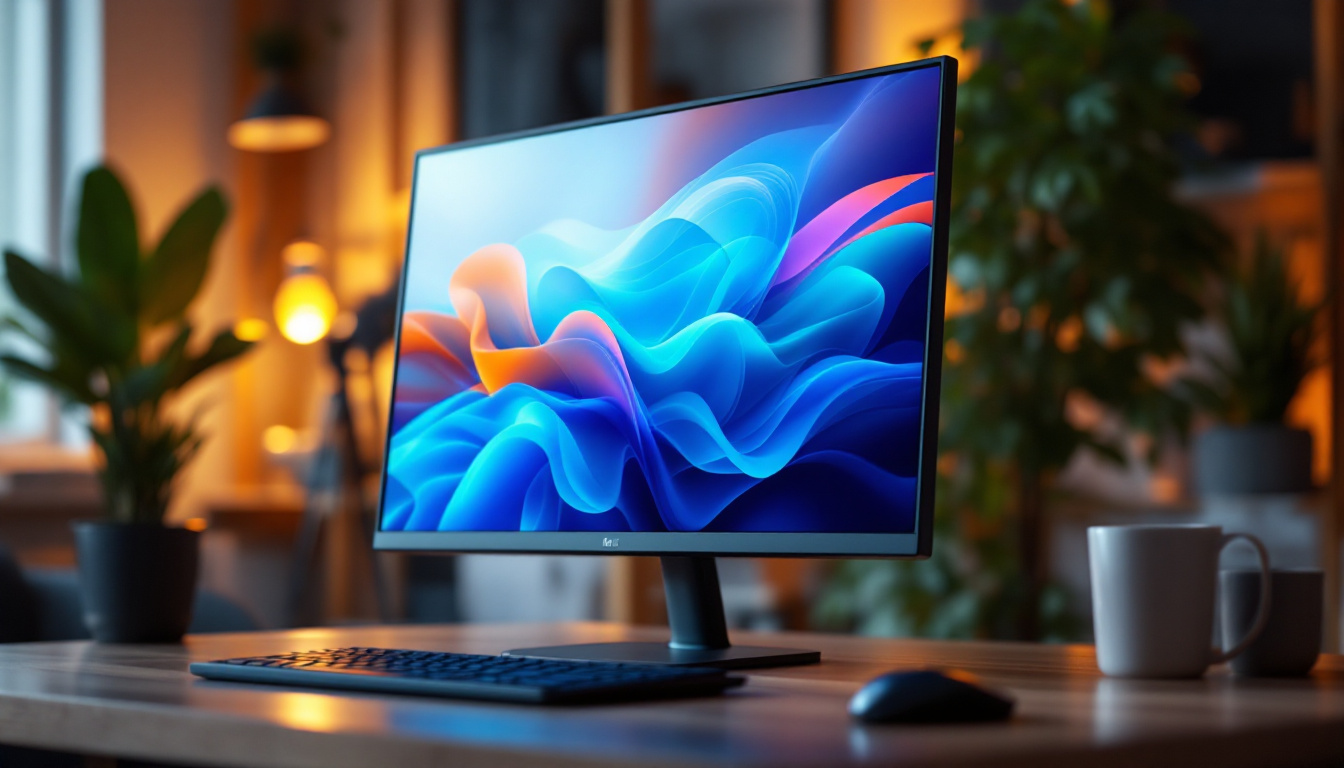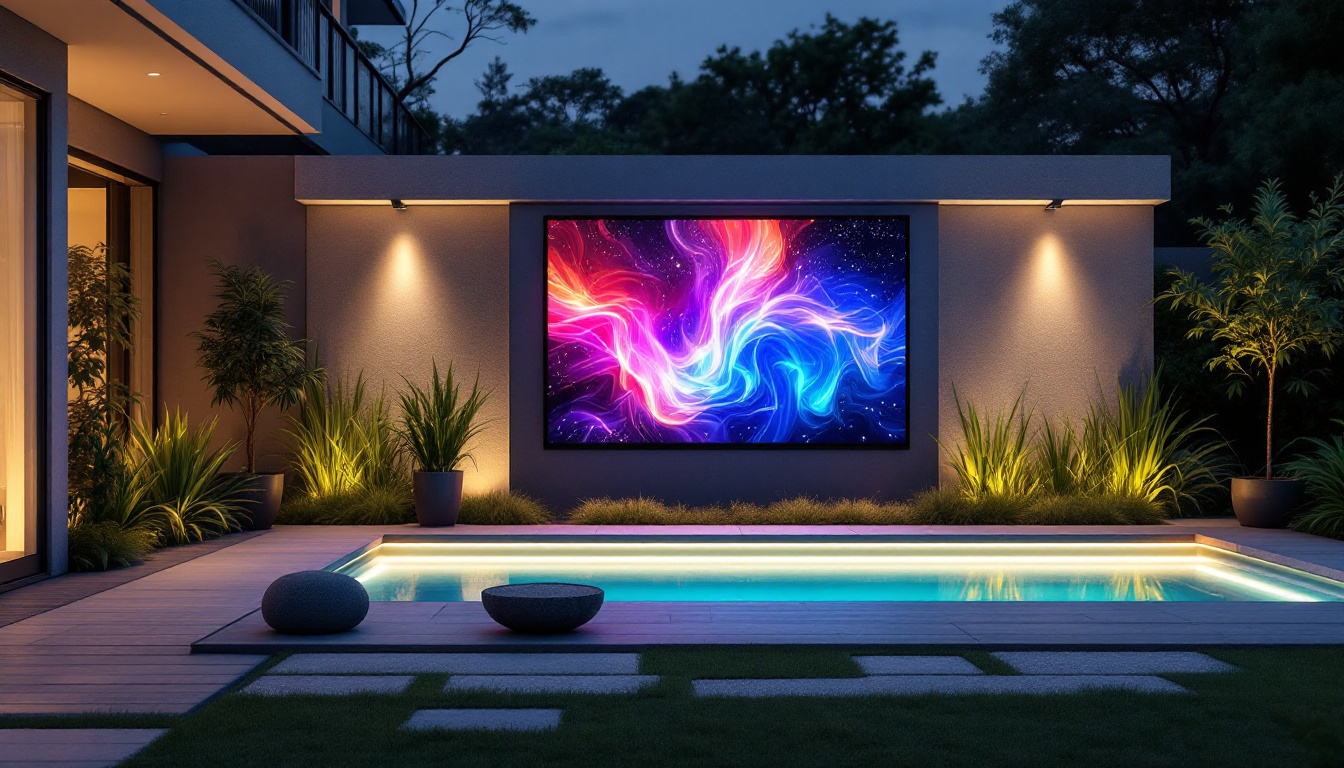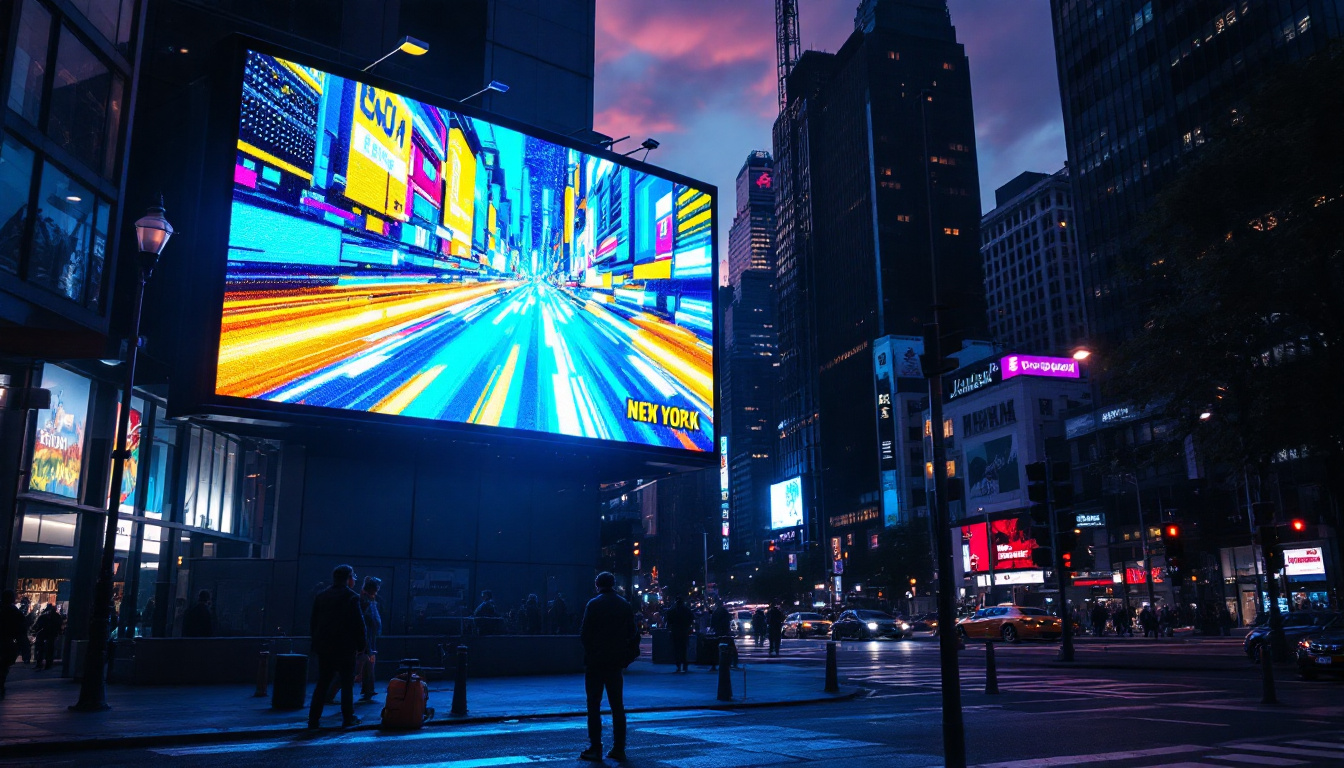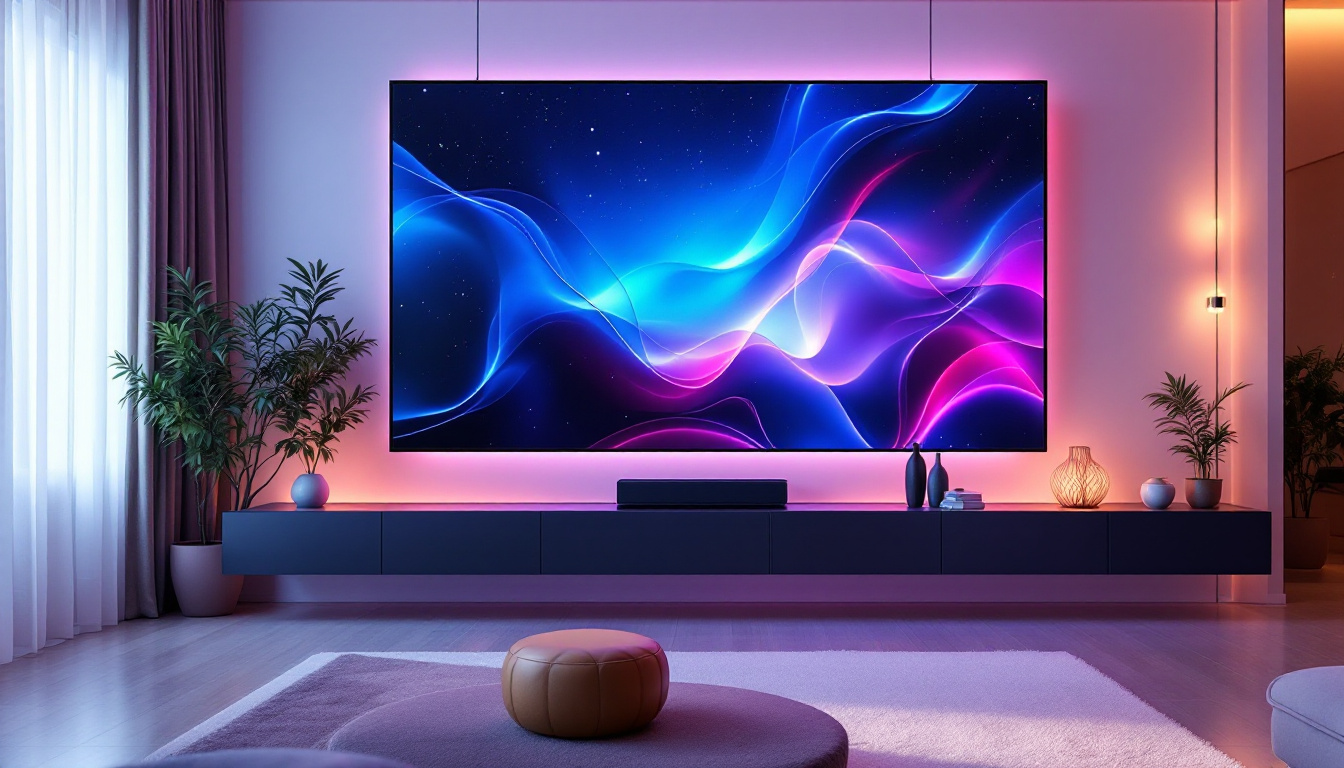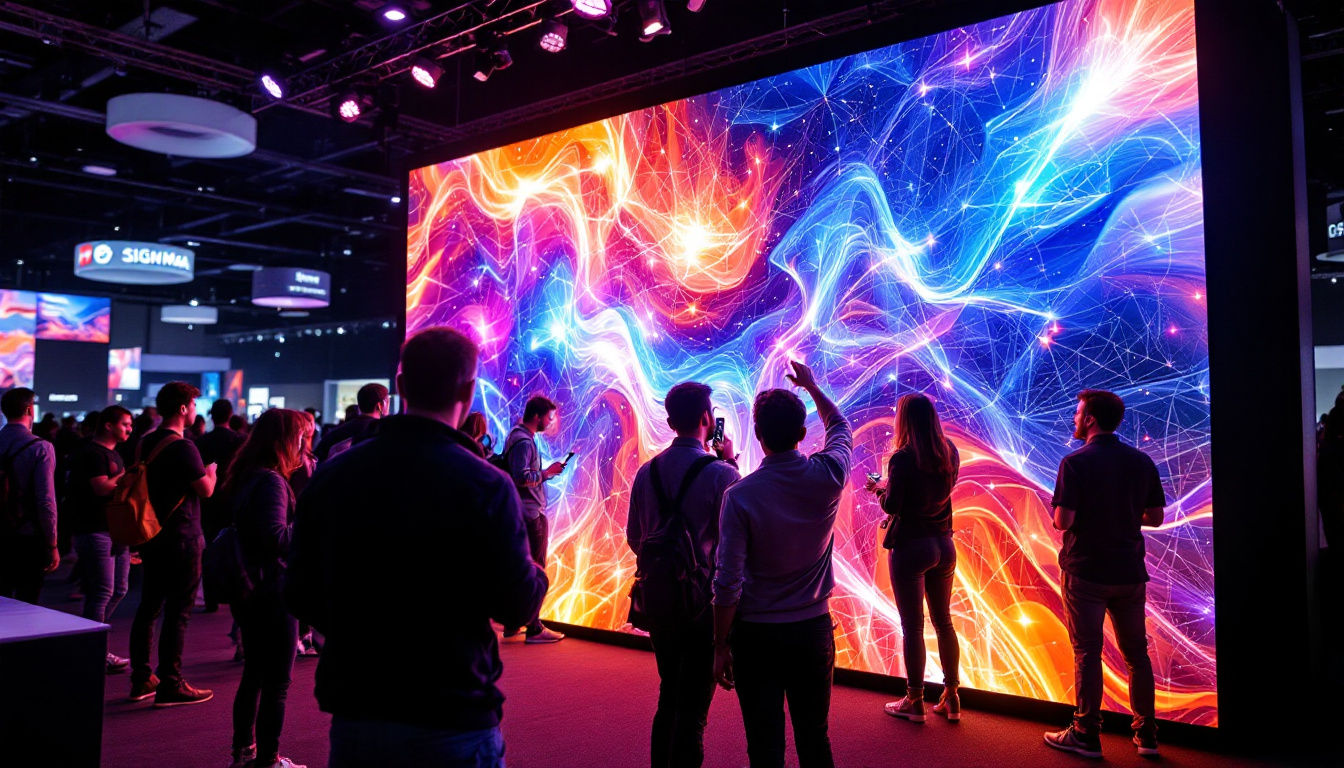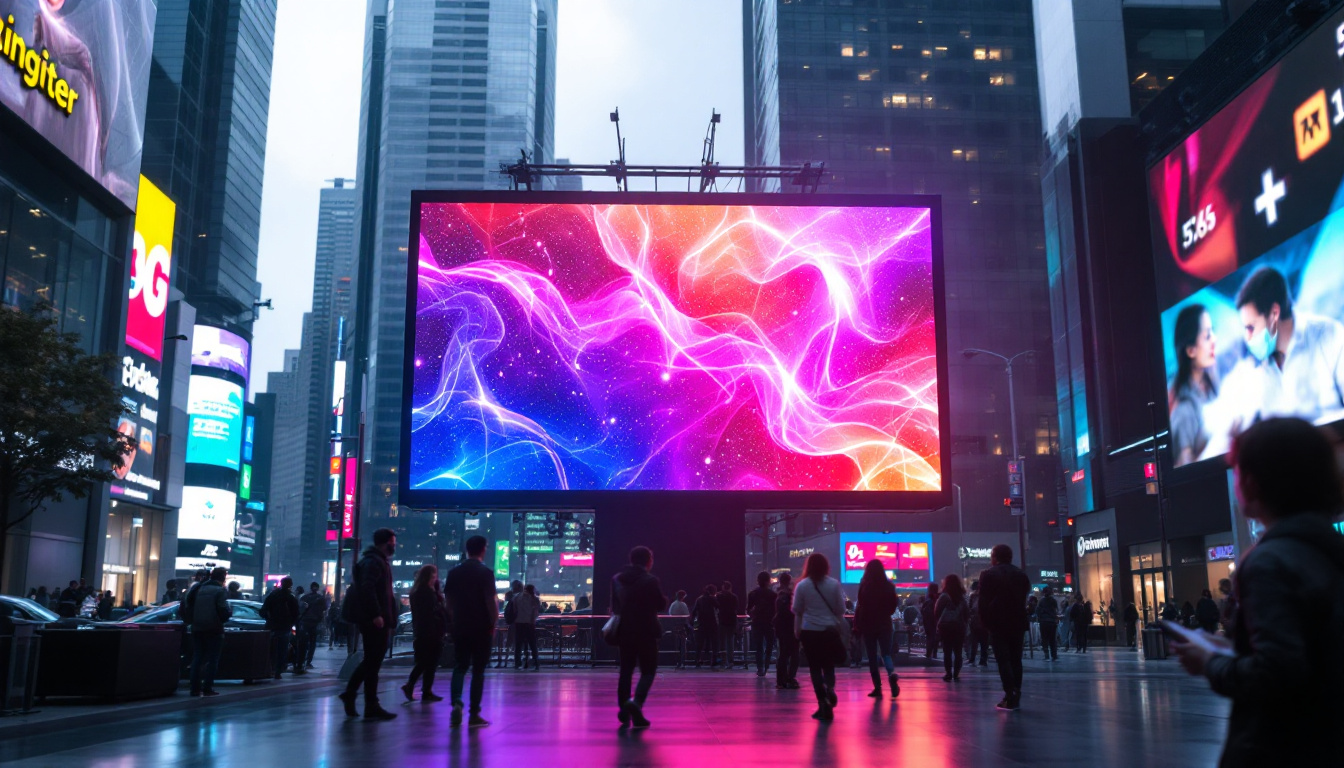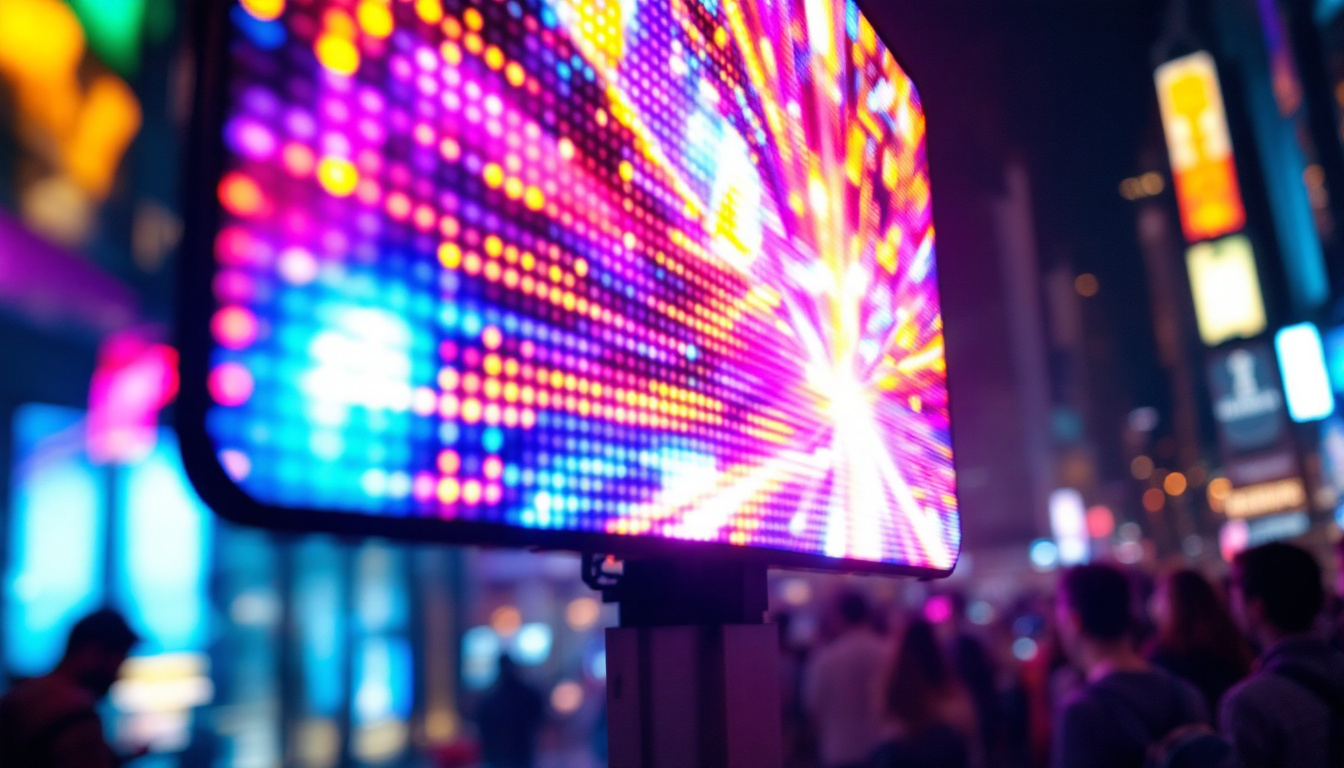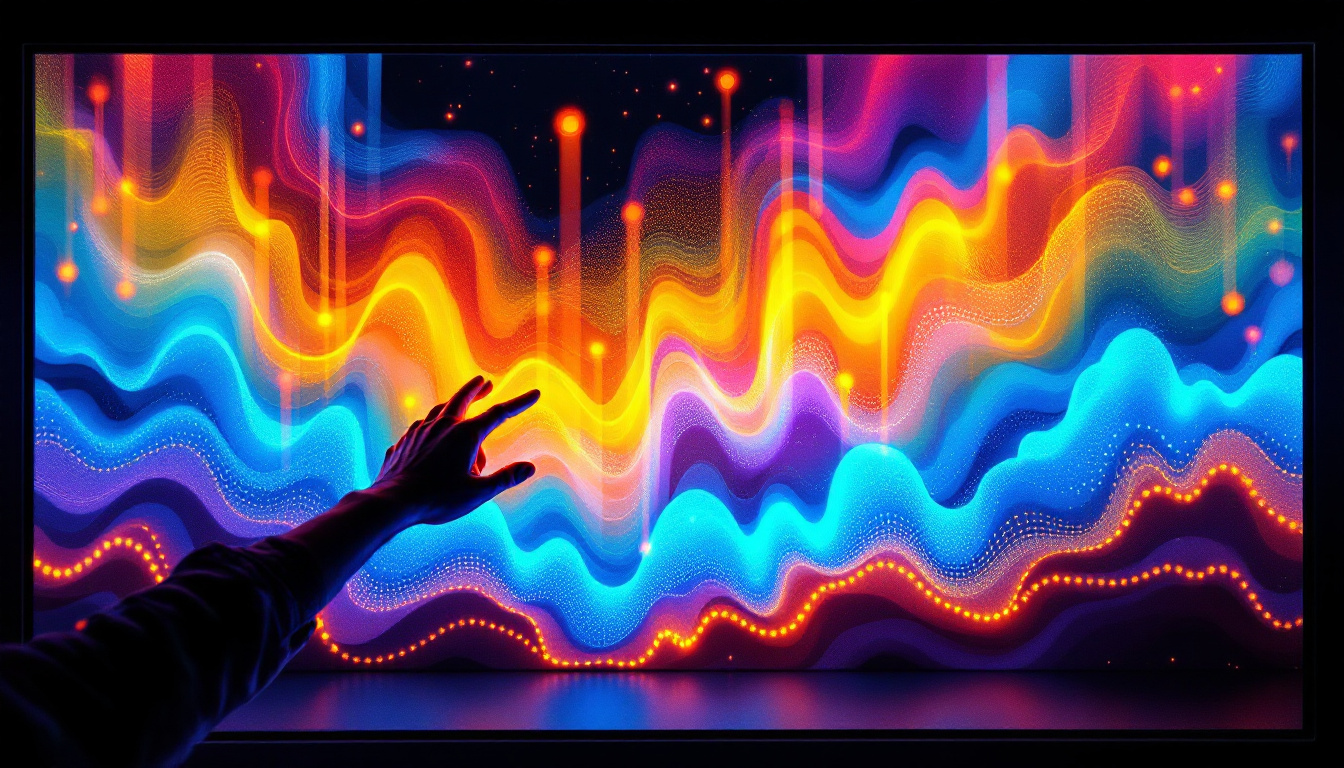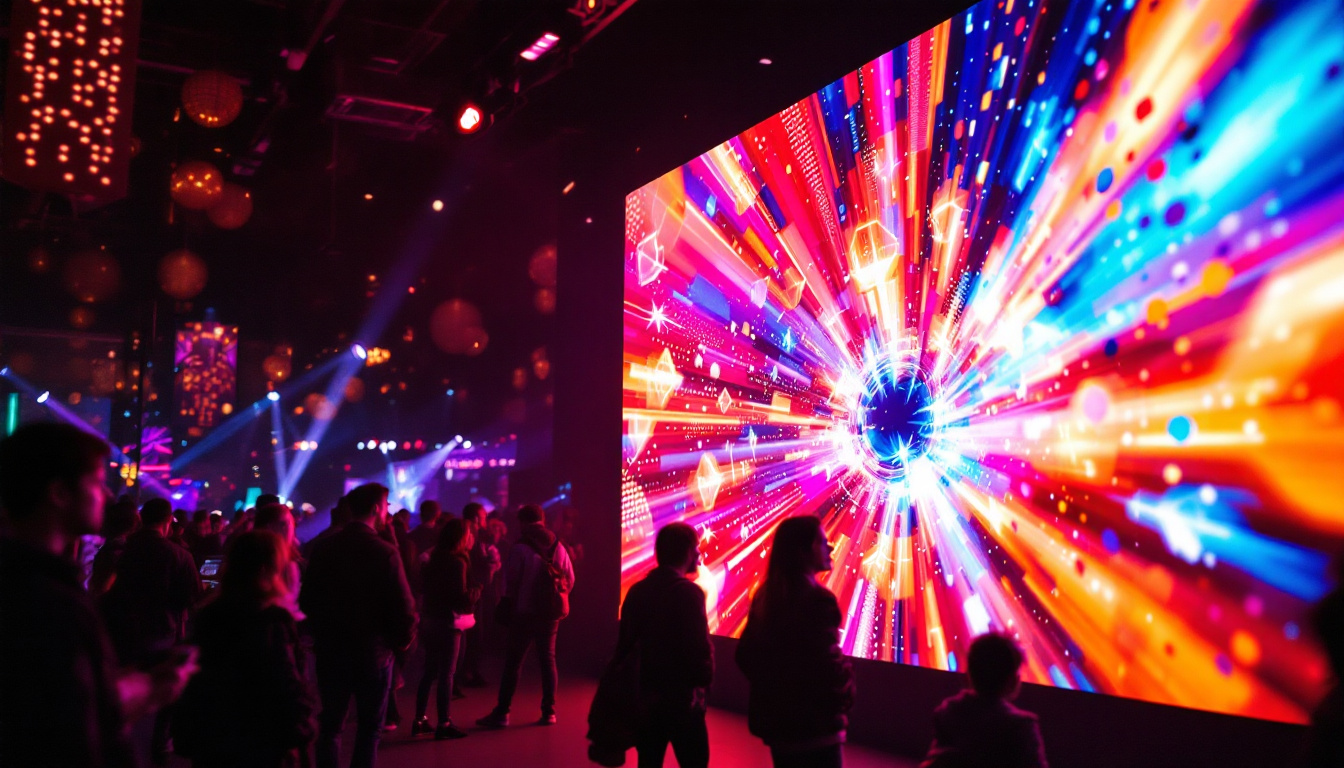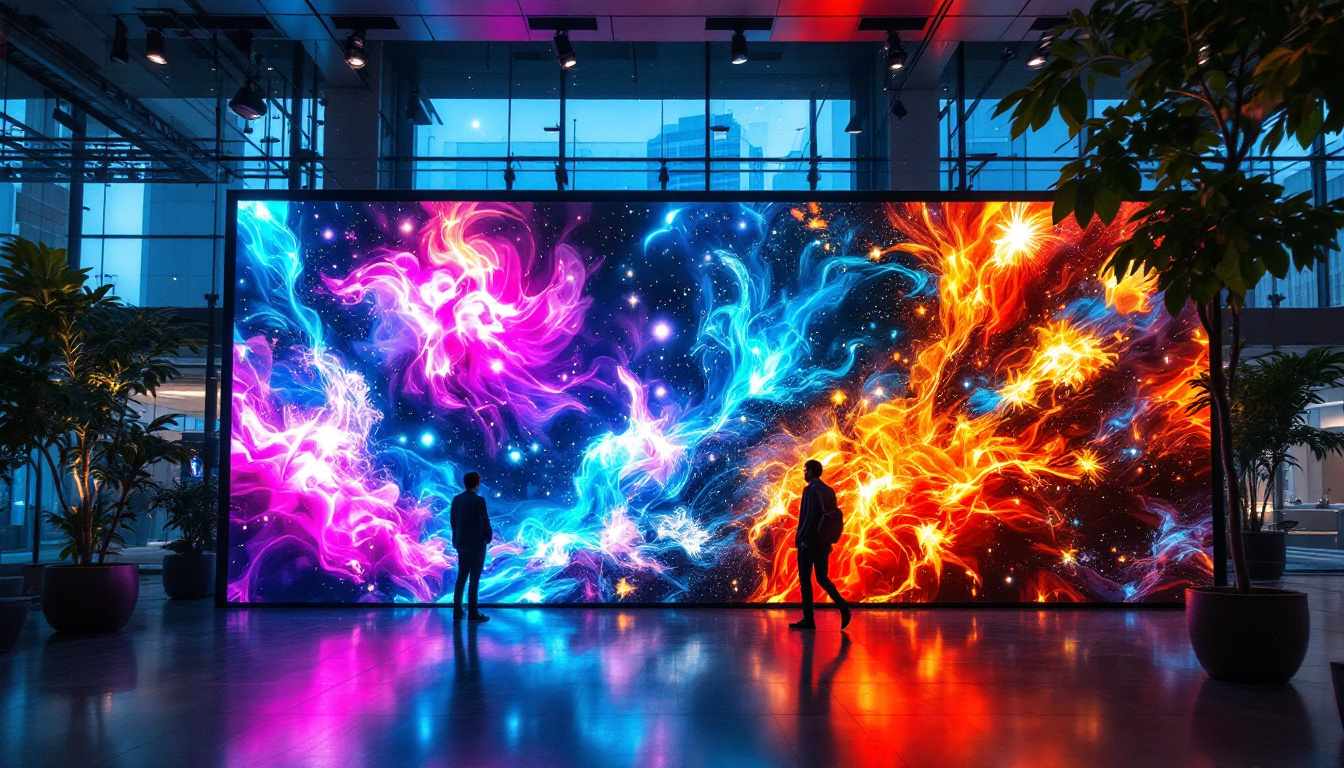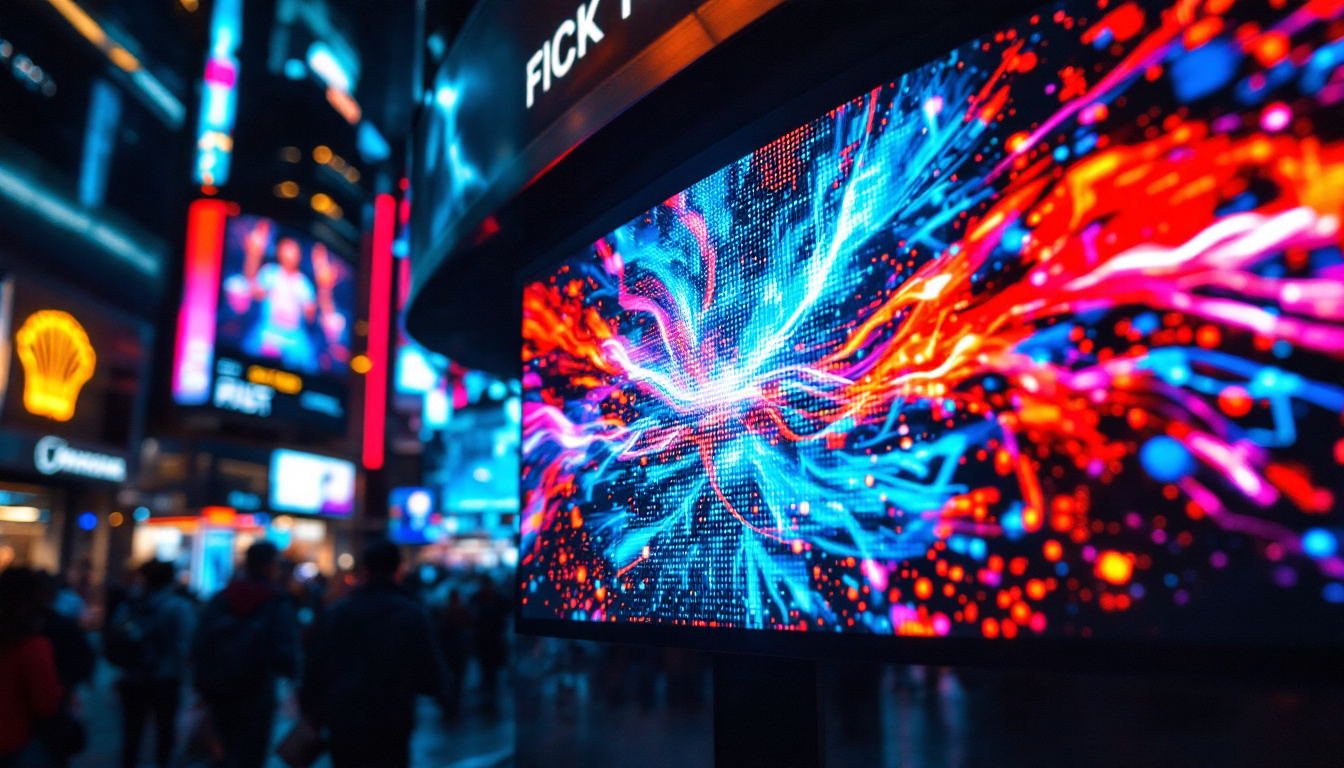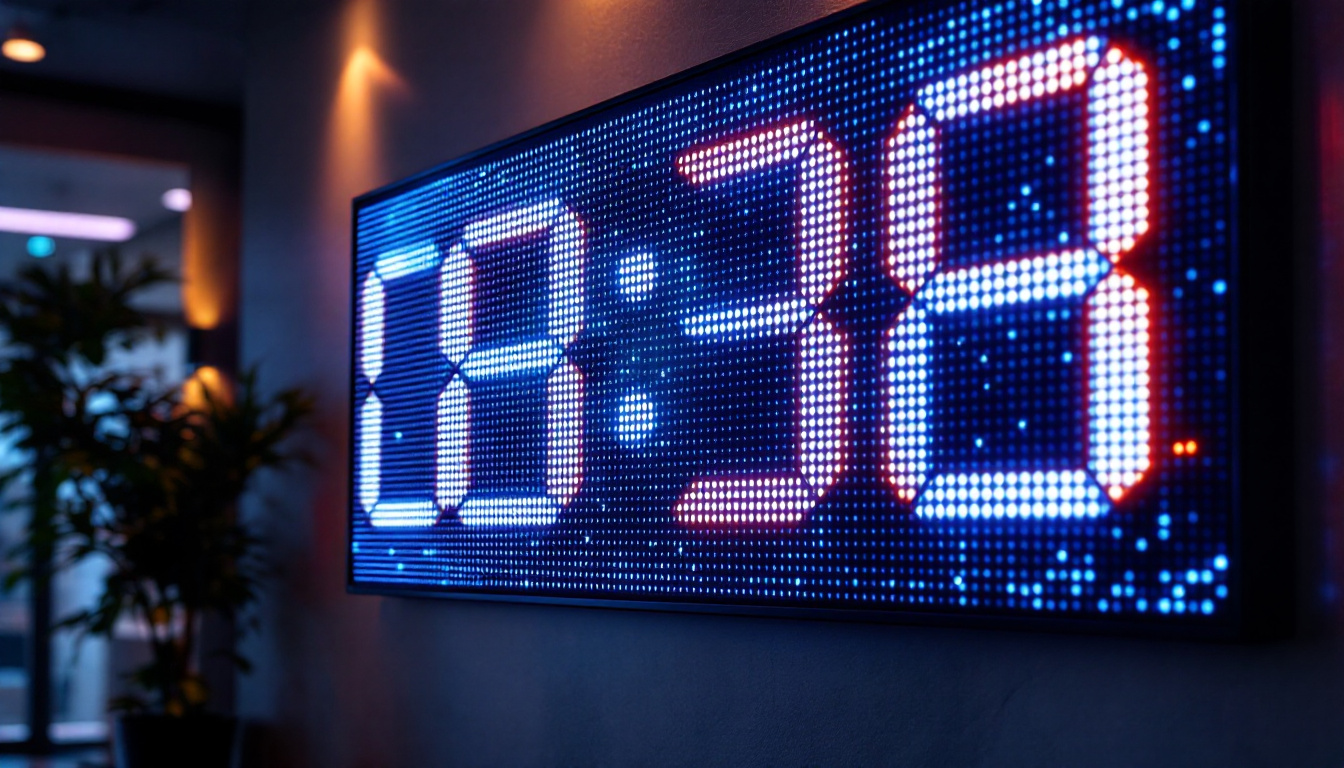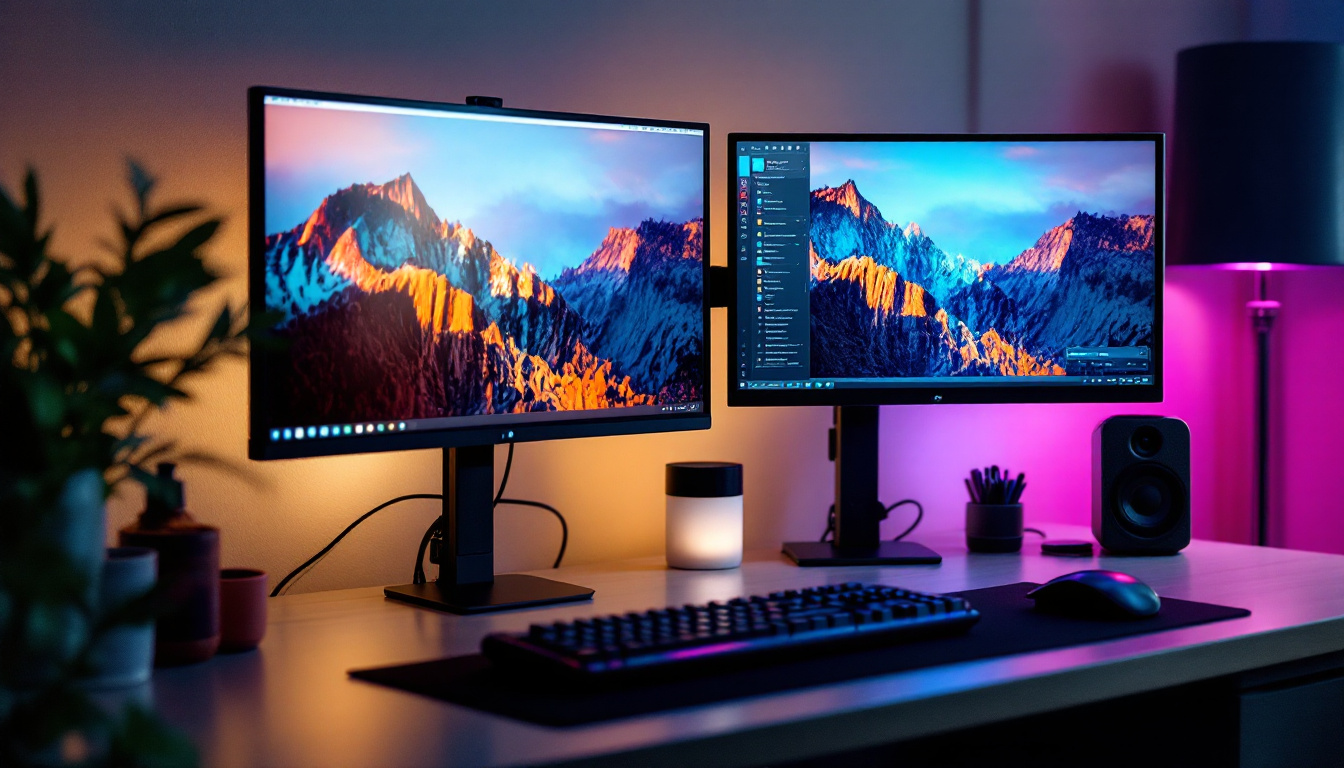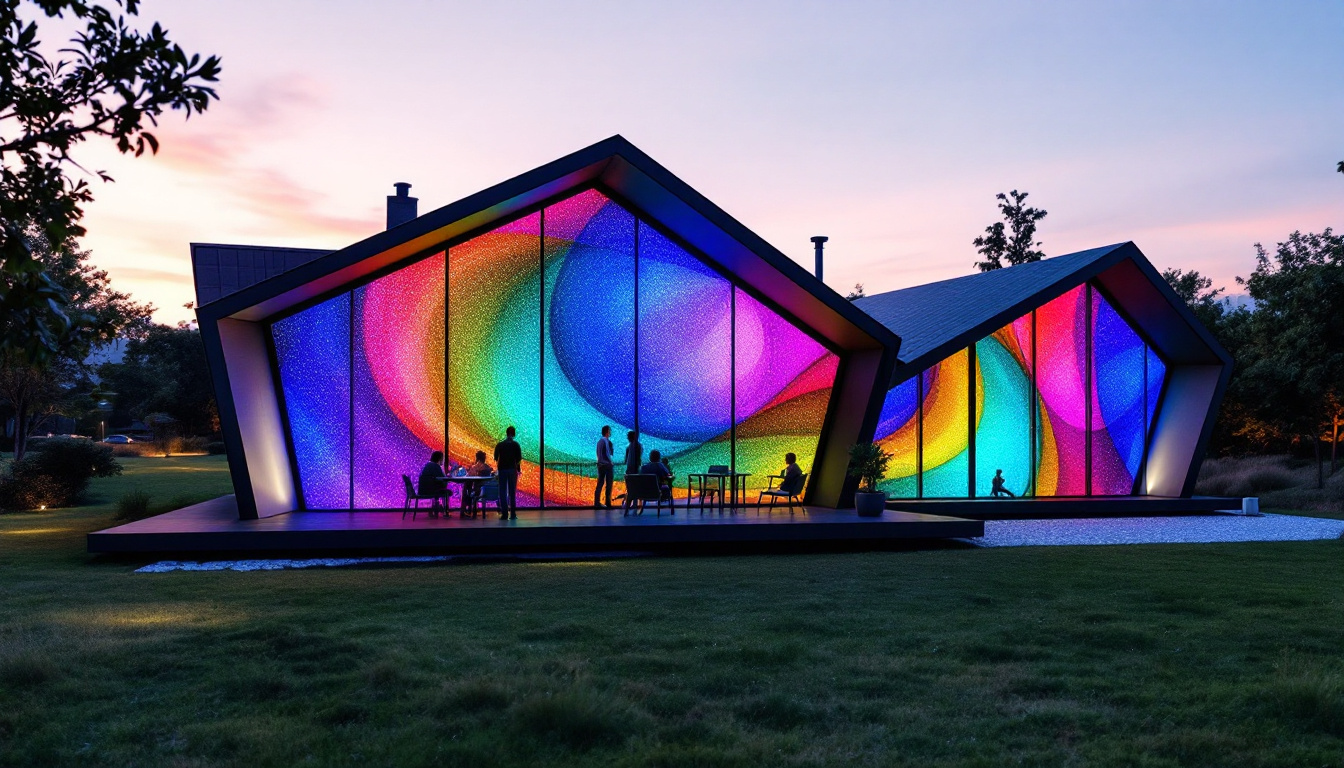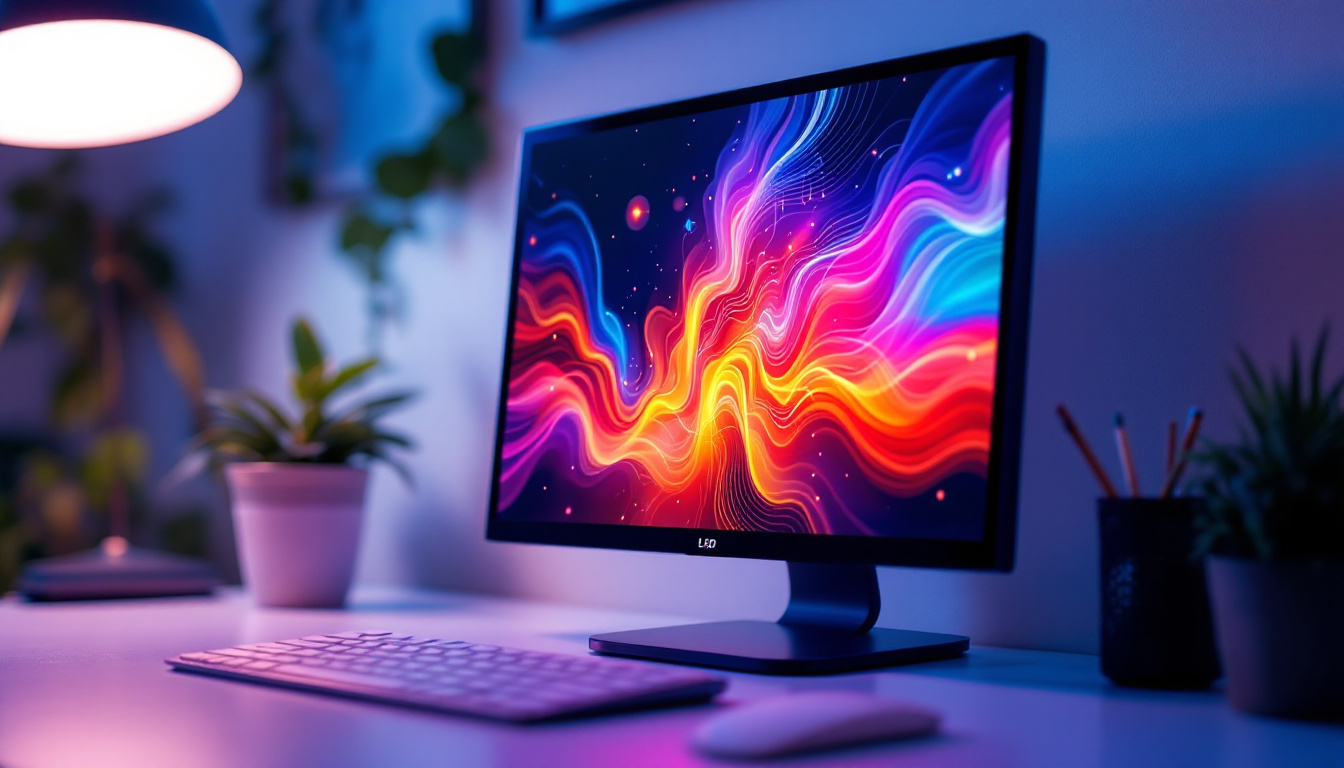In the realm of modern computing, the all-in-one computer stands out as a versatile and space-saving solution. These devices combine the monitor and the computer components into a single unit, offering a streamlined design that appeals to both casual users and professionals alike. One of the most significant features of these machines is their display technology, particularly LED (Light Emitting Diode) displays. This article delves into the intricacies of LED displays in large screen all-in-one computers, exploring their benefits, functionality, and how they compare to other display technologies.
Understanding LED Technology
LED technology has revolutionized the way screens are built and perceived. Unlike traditional LCD screens that use fluorescent backlighting, LED displays utilize light-emitting diodes to illuminate the screen. This advancement not only enhances the quality of the display but also contributes to energy efficiency. The shift to LED technology has also paved the way for innovative applications, such as flexible displays and transparent screens, which were previously unimaginable with older technologies.
The Basics of LED Displays
At its core, an LED display is a type of flat panel display that uses LEDs as its light source. The technology can be categorized into two primary types: edge-lit and backlit. Edge-lit displays have LEDs positioned along the edges of the screen, while backlit displays feature LEDs spread across the entire back of the screen. This distinction affects the brightness, contrast, and overall image quality. Furthermore, advancements in LED technology have led to the development of OLED (Organic LED) displays, which offer even greater contrast ratios and color depth, making them a popular choice for high-end devices.
LED displays offer several advantages over traditional LCDs, including improved brightness, better color accuracy, and a thinner profile. These features make them particularly appealing for large screen all-in-one computers, where visual clarity and aesthetics are paramount. Additionally, the rapid response time of LED displays minimizes motion blur, making them ideal for gaming and video playback, where fluid motion is essential for an engaging experience.
Benefits of LED Displays in All-In-One Computers
When it comes to large screen all-in-one computers, LED displays provide a multitude of benefits. The most notable advantages include:
- Enhanced Visual Quality: LED displays deliver vibrant colors and deeper blacks, resulting in a more immersive viewing experience. This is particularly beneficial for graphic design professionals and video editors who rely on accurate color representation.
- Energy Efficiency: Compared to traditional displays, LED technology consumes less power, contributing to lower energy bills and a reduced carbon footprint. This energy efficiency not only benefits users financially but also aligns with growing environmental concerns, making LED displays a more sustainable choice.
- Thin and Lightweight Design: The compact nature of LED technology allows for sleeker designs, which is essential for all-in-one computers that prioritize space-saving. This design flexibility enables manufacturers to create devices that are not only functional but also aesthetically pleasing, appealing to consumers who value modern design.
Moreover, LED displays are known for their longevity and durability. Unlike traditional displays that may suffer from issues such as burn-in or color fading over time, LED technology is designed to last, making it a reliable choice for everyday use. This resilience is particularly advantageous in environments where screens are used extensively, such as in educational settings or corporate offices. As technology continues to evolve, the integration of LED displays into all-in-one computers is likely to become even more sophisticated, incorporating features like touch sensitivity and advanced connectivity options that enhance user interaction and productivity.
Comparing LED Displays with Other Technologies
While LED displays have become the standard in modern computing, it is essential to compare them with other display technologies to understand their unique advantages fully. The most common alternatives include LCD and OLED displays.
LED vs. LCD
Although LED displays are technically a type of LCD display, the distinction lies in the backlighting technology used. Traditional LCDs rely on cold cathode fluorescent lamps (CCFLs) for backlighting, which can result in less vibrant colors and lower contrast ratios. In contrast, LED displays provide superior brightness and color accuracy, making them the preferred choice for all-in-one computers.
Furthermore, LED displays often have faster response times, which is particularly beneficial for gaming and video editing. The ability to achieve deeper blacks and brighter whites enhances the overall visual experience, making LED displays a clear winner in this comparison.
LED vs. OLED
Organic Light Emitting Diode (OLED) displays are another popular technology that competes with LED displays. OLED screens offer exceptional color reproduction and contrast ratios because each pixel emits its light. This allows for true blacks since pixels can be turned off completely.
However, OLED displays can be more expensive to produce, and they may suffer from issues such as burn-in, where static images can leave a permanent mark on the screen. For large screen all-in-one computers, LED displays strike a balance between performance and cost, making them a more practical choice for many users.
Key Features of LED Displays in All-In-One Computers
When selecting a large screen all-in-one computer, understanding the key features of its LED display can significantly impact the user experience. Here are some essential features to consider:
Resolution
The resolution of a display refers to the number of pixels it has, which directly affects image clarity and detail. Common resolutions for large screen all-in-one computers include Full HD (1920 x 1080), Quad HD (2560 x 1440), and 4K Ultra HD (3840 x 2160).
A higher resolution means more pixels, resulting in sharper images and better overall visual quality. For tasks such as graphic design, video editing, and gaming, opting for a higher resolution display can enhance productivity and enjoyment.
Refresh Rate
The refresh rate, measured in hertz (Hz), indicates how many times the display refreshes the image per second. A higher refresh rate results in smoother motion, which is particularly important for gaming and video playback.
Most LED displays in all-in-one computers offer refresh rates of 60Hz, which is sufficient for general use. However, for gamers or those who engage in fast-paced video editing, displays with refresh rates of 120Hz or higher are recommended.
Color Accuracy and Gamut
Color accuracy is crucial for tasks that require precise color representation, such as photo editing and graphic design. LED displays often come with specifications indicating their color gamut, which refers to the range of colors the display can reproduce.
Common color gamuts include sRGB, Adobe RGB, and DCI-P3. A wider color gamut allows for more vibrant and accurate colors, enhancing the visual experience. When choosing an all-in-one computer, consider the intended use and select a display that meets the required color accuracy standards.
Ergonomics and User Experience
In addition to technical specifications, the ergonomics of a large screen all-in-one computer’s LED display play a significant role in user experience. Factors such as screen size, viewing angle, and adjustability can impact comfort and productivity.
Screen Size and Viewing Distance
The screen size of an all-in-one computer is a crucial consideration, especially for users who spend long hours in front of the screen. Larger screens can provide a more immersive experience, but they also require an appropriate viewing distance to avoid eye strain.
As a general rule, a larger screen should be placed further away from the user. For instance, a 27-inch display is typically best viewed from a distance of about 2 to 3 feet. Understanding the optimal viewing distance can help users select the right size for their needs.
Adjustability and Mounting Options
Ergonomics also extend to how adjustable the display is. All-in-one computers often come with stands that allow for tilt and height adjustments. Some models even offer VESA mount compatibility, enabling users to attach the display to a wall or adjustable arm.
Having an adjustable display can help reduce neck and eye strain, promoting a healthier work environment. Users should consider their workspace and how they plan to use the computer when evaluating adjustability options.
Future Trends in LED Display Technology
The world of LED display technology is continuously evolving, with innovations aimed at enhancing performance and user experience. As technology advances, several trends are emerging that could shape the future of large screen all-in-one computers.
Mini-LED and Micro-LED Technologies
Mini-LED and Micro-LED technologies are gaining traction as potential successors to traditional LED displays. Mini-LED uses smaller LEDs for backlighting, allowing for improved contrast and brightness control. This technology can provide deeper blacks and brighter highlights, enhancing the overall visual experience.
Micro-LED, on the other hand, eliminates the need for backlighting altogether, as each pixel is an individual LED. This results in even greater color accuracy and contrast. While these technologies are still in their infancy, they hold promise for the future of displays in all-in-one computers.
Increased Focus on Sustainability
As environmental concerns continue to rise, manufacturers are increasingly focusing on sustainability in display technology. This includes using recyclable materials, reducing energy consumption, and implementing eco-friendly manufacturing processes.
Consumers are becoming more aware of the environmental impact of their purchases, and companies that prioritize sustainability are likely to gain a competitive edge in the market. This trend is expected to influence the design and production of LED displays in the coming years.
Conclusion
Large screen all-in-one computers equipped with LED displays offer a compelling combination of performance, aesthetics, and user experience. Understanding the intricacies of LED technology, its benefits, and how it compares to other display options is essential for making an informed decision. As technology continues to evolve, the future of LED displays promises exciting advancements that will further enhance the computing experience.
Whether for professional use or personal enjoyment, investing in a large screen all-in-one computer with a high-quality LED display can significantly impact productivity and satisfaction. The vibrant visuals, energy efficiency, and sleek design make these devices a worthy choice for anyone looking to upgrade their computing setup.
Discover LumenMatrix’s Advanced LED Display Solutions
Ready to elevate your visual experience with the latest in LED technology? LumenMatrix is at the forefront of LED innovation, offering a diverse range of LED display solutions tailored to meet your needs. From captivating Indoor LED Walls to dynamic Outdoor LED Displays, and from versatile Vehicle LED Displays to sleek LED Poster Displays, our products are designed to transform your space and engage your audience. Embrace the future of visual communication with LumenMatrix’s All-in-One LED Displays and more. Check out LumenMatrix LED Display Solutions today and see your message come to life with unparalleled clarity and impact.

